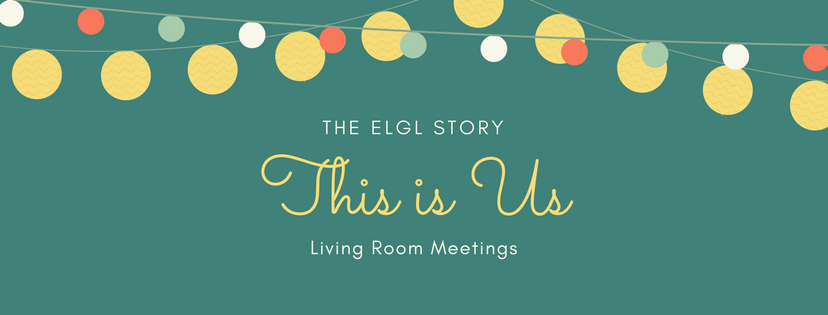
After attending the ASAE conference, and then the ICMA conference, it dawned on me that the (short) history of ELGL should be recorded and shared. Why? Mainly to capture the story of ELGL, and also to share how our organization operates and how that’s very different than most groups.
Previously: Lunch for 16
After the relative success of the first ELGL lunch meet up, there was a consensus that we should get together more often, perhaps with an educational component. And, there was also an interest in reaching out to the Oregon chapters of established local government professional associations to see where partnership opportunities might exist.
And so, we started to put together informal “lunch and learns” where we’d meet up and listen to people like Alex McIntyre, Scott Lazenby, and Sara Jo Chaplin talk about their careers and local government issues. At that point, we were using email to get people together; we didn’t yet have ELGL.org or social media channels.
We also reached out to Oregon local government groups about what we were trying to do but didn’t receive too much interest so we decided to just plow ahead without them (more about this approach in a future blog).
 It’s important to note how critical ELGL’s early volunteers shaped our mission and vision. Most notably, Megan Messmer (then a PSU graduate student, now the Assistant City Manager in Florence, Oregon) gave ELGL legs to make it a “real” organization.
It’s important to note how critical ELGL’s early volunteers shaped our mission and vision. Most notably, Megan Messmer (then a PSU graduate student, now the Assistant City Manager in Florence, Oregon) gave ELGL legs to make it a “real” organization.
Megan did the work to formalize us into a group with a mission, scope, and structure. She lead efforts to get an advisory board in place, and coordinated our meetings in the Wyatt living room (complete with screaming children and a howling dog).
Those early experiences at formalizing ELGL efforts were also illustrative of one of our cornerstone beliefs: that cost should never be a barrier to involvement and engagement. From the start, we always only charged cost for events, never adding in a profit.
Early on, we didn’t have dues with the idea that people should feel welcome to try the group out and see if it was a good fit for them. Later, when we did put a dues structure in place, it was a measly $10.
Even today, as we’ve grown into an international organization with thousands of members, we still want participation in ELGL to be something that anyone can afford, especially if they’re working in organizations that aren’t supportive of professional affiliation, or if they’re job searching and want to get a foot in the door of local government.
Our conferences and special events are also still run at cost, so the price of any ELGL experience reflects the actual cost of providing meals, a venue, and quality content.
I remember in graduate school budgeting class, the concept of “adding a penny to the tax rate” was discussed as an option to balance local government budgets or fund new programs. And more recently, at the ASAE At Work conference, the concept of “raising dues $XX” was discussed as an option to balance association budgets or fund new programs.
I refuse to believe that the only way to manage a professional association is to hike dues on members whenever there’s a new program or idea that we want to pursue. And this belief is grounded in the incredible power of ELGL volunteers to try new things, and to make great programs and series happen.
So that’s the story of how ELGL went from a lunch bunch to something more formalized. In future blogs, I’ll share stuff like: we’re a 501c6; we’re not owned by ICMA; we only have one employee; we don’t have an office; how our work is entirely dependent on awesome volunteers; and the overall leadership structures and checks/balances.
